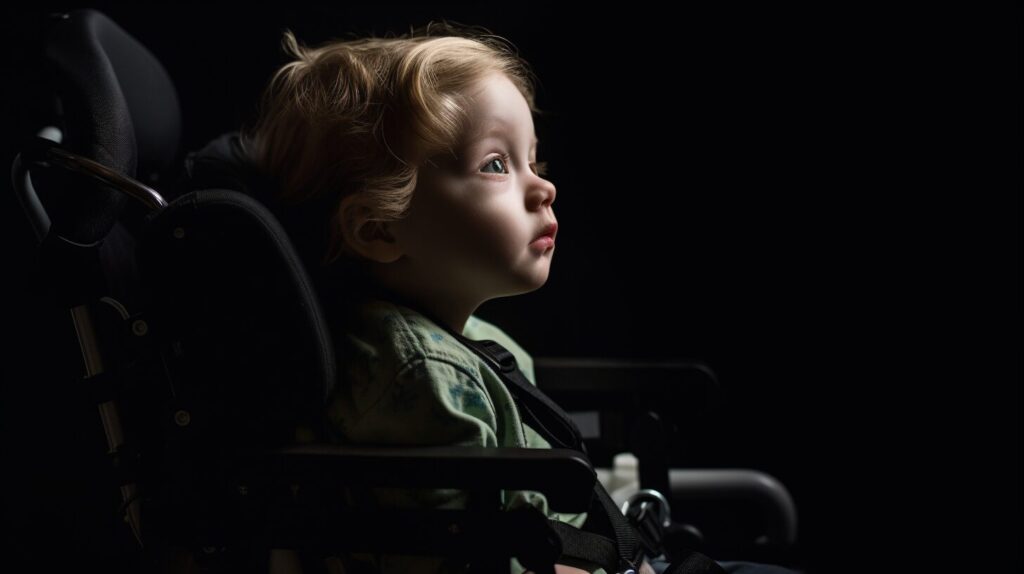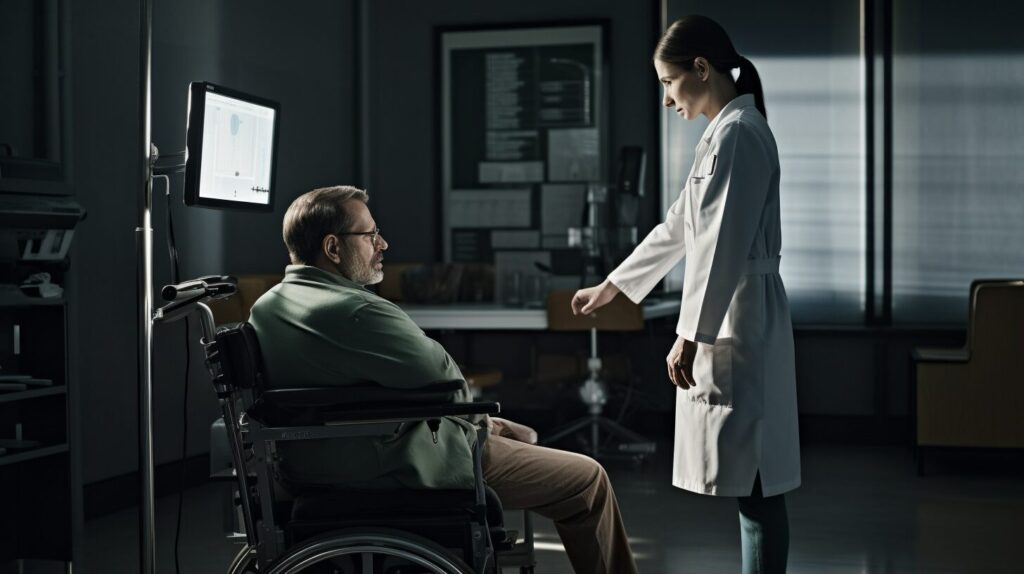Spinal Muscular Atrophy (SMA) remains a condition shrouded in misconceptions and uncertainty for many. This article is here to clear up any confusion and provide straightforward, true information about SMA. It’s important to really understand SMA so we can be more supportive and understanding of those who have it.
The Fundamental Facts of SMA

Spinal Muscular Atrophy is a genetic disorder characterized by the loss of motor neurons in the spinal cord and the part of the brain connected to the spinal cord (brainstem). These nerve cells are important because they help control muscle movement. When they’re lost, muscles get weaker and smaller. SMA is caused by a problem in a specific gene known as SMN1. This gene is supposed to make a protein that keeps these nerve cells healthy. Without sufficient levels of this protein, motor neurons deteriorate and die, leading to the muscle weakness observed in SMA.
SMA is pretty rare, affecting about 1 in 6,000 to 10,000 children. It’s key to remember that SMA doesn’t affect cognitive abilities or feelings. People with SMA usually have normal intelligence and emotional development.
Clarifying Types of SMA
- Type 1 (Werdnig-Hoffmann Disease): This type is evident before six months of age. It is characterized by severe muscle weakness, resulting in difficulties with breathing, swallowing, and overall muscle tone. Type 1 is the most serious type of SMA and needs a lot of medical attention.
- Type 2: This type starts when a child is between 6 and 18 months old. Kids with SMA Type 2 can usually sit by themselves but may find it hard to stand or walk on their own. They have weak muscles, but it’s not as bad as SMA Type 1. These individuals require supportive care and therapies to enhance mobility and quality of life.
- Type 3 (Kugelberg-Welander Disease): This one begins after a child is 18 months old. At first, they can walk by themselves, but they might lose this ability over time and need help to move around. Muscle weakness in Type 3 worsens more slowly than in Types 1 and 2.
- Type 4: This type starts in adults, usually after age 30. It’s the least severe form, with muscles slowly getting weaker. People with Type 4 usually live a normal life span and can handle their symptoms with less intense treatments.
Addressing Misconceptions Directly

When it comes to Spinal Muscular Atrophy, misconceptions can create barriers to understanding and support. One common myth is that SMA affects cognitive abilities or intellectual development. This is not the case, but that’s not true. SMA impacts motor neurons responsible for muscle movements, not cognitive functions. Individuals with SMA have the same range of intellectual capabilities as those without the condition.
Another misconception is that everyone with SMA doesn’t live a long life. While it’s true that severe forms of SMA, can significantly reduce life expectancy, advancements in treatments have improved outcomes. Individuals with milder types, such as Type 3 or 4, often lead full lives with normal life expectancy.
Factual Overview of SMA Symptoms and Diagnosis

SMA symptoms depend on the type. The worst cases, like Type 1 or 2, can make it hard to swallow, breathe, and move. But, in milder cases like Type 3 or 4, the main issues are things like trouble walking or climbing stairs, and muscles getting weaker over time.
Doctors do genetic tests to check the SMN1 gene to determine if someone has SMA. This test can tell if someone has SMA or could pass it on to their kids. Finding SMA early is important so the person can get the right treatment as soon as possible.
Current Treatments for SMA: Facts and Progress

There have been big improvements in treating SMA lately, giving new hope to people with this condition. There are a few key treatments that have been approved by the FDA. One of them, Spinraza, is given through an injection into the fluid around the spinal cord to help increase a specific protein needed for muscle health. Another treatment, known as Zolgensma, is especially for kids under two. It’s a type of gene therapy that adds a new gene to help with muscle development.
Physical and occupational therapy are also really important. They help people with SMA keep moving and avoid other health problems. It’s good to remember that, although these treatments have made a big difference in improving how people with SMA live and how long they live, especially if the SMA isn’t too severe, we don’t have a cure yet. The goal of these treatments is to help manage the symptoms and make life better.
The Reality of Living with SMA: Real Experiences and Facts

Living with Spinal Muscular Atrophy (SMA) is different for everyone, but there are some things many people share. A lot of people with SMA find ways to work around their physical limits using special tools and home modifications. These things help them live more independently and have a better quality of life. Even though SMA can make things tough physically, it doesn’t stop people from having a full and happy life.
Having a good medical and emotional support is really important. This includes family, caregivers, doctors, and nurses. They give practical help and emotional support. Online groups and support communities such as ForZachary INC are also great for sharing stories and tips, making people feel less alone.
People with SMA often do amazing things in school, work, and their personal lives. Their ability to keep going and adapt shows how strong the human spirit is, even when facing challenging circumstances.
Conclusion
In conclusion, while SMA is a complex condition, we now know a lot more about it. This knowledge helps us take better care of people with SMA and helps everyone better understand and support them. By replacing myths with facts, we’re making strides in how we treat SMA, raising awareness, and improving the lives of those who have it.
